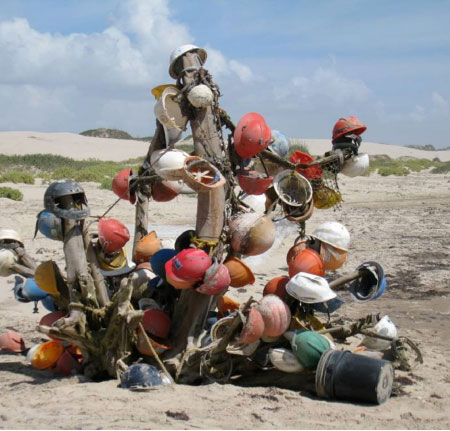Head Protection
A recent Bureau of Labor Statistics survey showed that most workers who suffered impact injuries to the head were performing their normal jobs, at their regular work-sites, but were not wearing head protection. Most of those injured were not required to wear a hard hat.

Hard hat tips:
-
Never drill ventilation holes in a hard hat.
-
Do not alter the shell or suspension in any way.
-
Do not wear or carry anything in between the shell and the suspension of your hard hat.
-
Only use a suspension that is made specifically for the shell. Hard hats should never be worn on top of everyday hats or caps (with the exception of winter liners made specifically for the hat) since they interfere with or eliminate the shock absorbing effect of the suspension.
-
Hard hats should be replaced every five years (check manufactures recommendations). Hard hats exposed to heat or ultraviolet light may need to be replaced every two years. Never store a hard hat in the back window of a vehicle or other place where it is exposed to ultraviolet light.
-
Keep coverage with stickers to a minimum so the hard hat can still be seen and inspected.
-
Hard hats can only be worn backwards if the manufacturer states explicitly that the hat has been tested and passed in that manner and that the suspension is positioned as required by that test.
o Hard hats marked with a “reverse donning arrow” can be worn frontward or backward in accordance with the manufacturer’s wearing instructions. They pass all hard hat testing requirements, whether worn frontward or backward.
-
If a hard hat has been dropped more than 8 to10 feet or has been struck forcibly, it should be replaced immediately.
Falling objects can be brutal if you don’t protect your noodle!!
Download flyer: STOTW_429_Head Protection.pdf (477.73 kb)
Download Spanish flyer: STOTW_429_Head Protection_esp.pdf (478.72 kb)

